

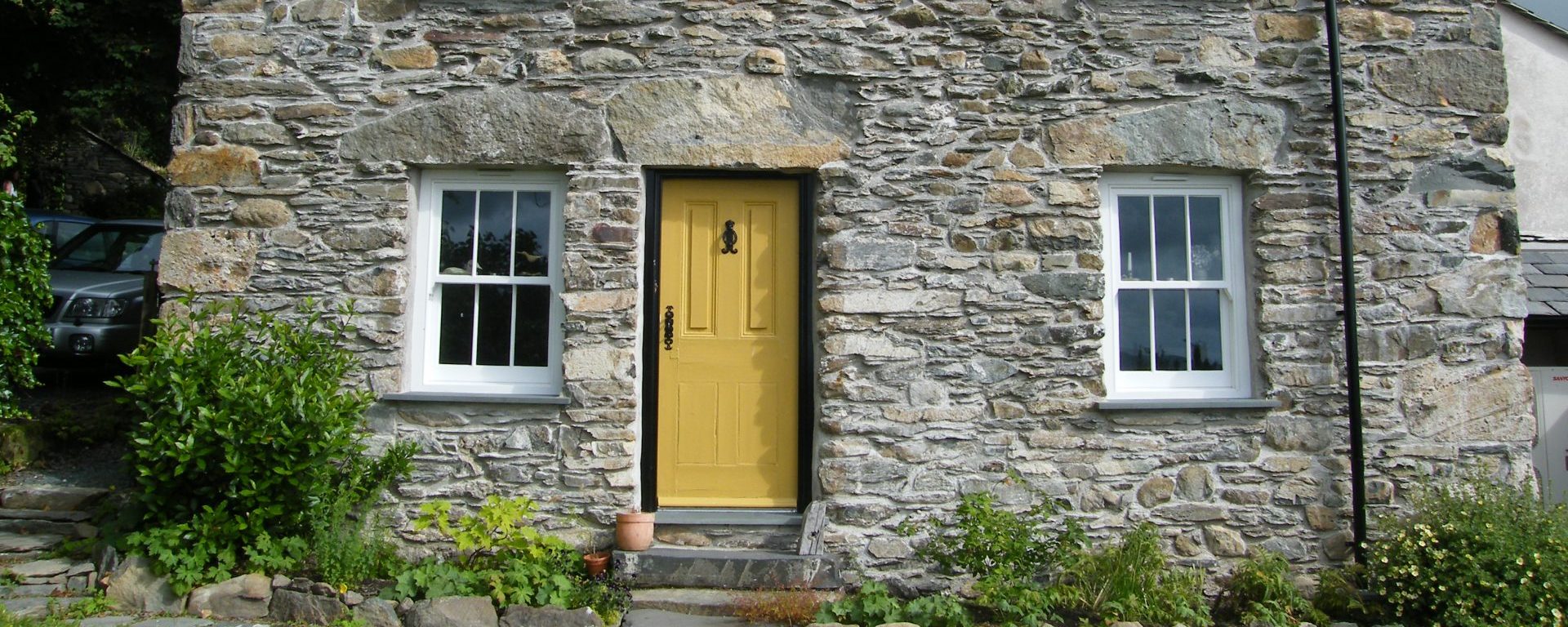
Whilst most people understand that new build constructions and extensions are subject to regulation under the UK Building Regulations 2010, it is perhaps lesser known that certain small projects, classed under the banner of maintenance or improvements, are also subject to regulatory approval.
If you are carrying out the work yourself you are responsible for obtaining the necessary consents, if a builder is carrying out the work for you the responsibility generally falls to them but that should be discussed from the outset. Ultimately it is the buildings owner that would be served an enforcement notice if the work does not comply with the regulations.
In this series we’ll be looking at minor works that require consent and how to go about securing that.
Under regulation 3 of the Building Regulations 2010, ‘building work’ requiring consent consists of any of the following, this list is not exhaustive, just a sample of most common DIY or home maintenance projects:
Today we’ll be covering replacement windows and how to make sure that you maintain compliance.
Changing or upgrading windows and doors in a property is something that most people will have to do at some point due perhaps to; decayed window frames, blown double glazed units, or the want to improve thermal performance changing from single, to double or even triple glazing, however it is important to understand that the regulation of windows and glazing falls under a number of different sections, within the Building regulations 2010 and the replacement of them therefore requires consent:
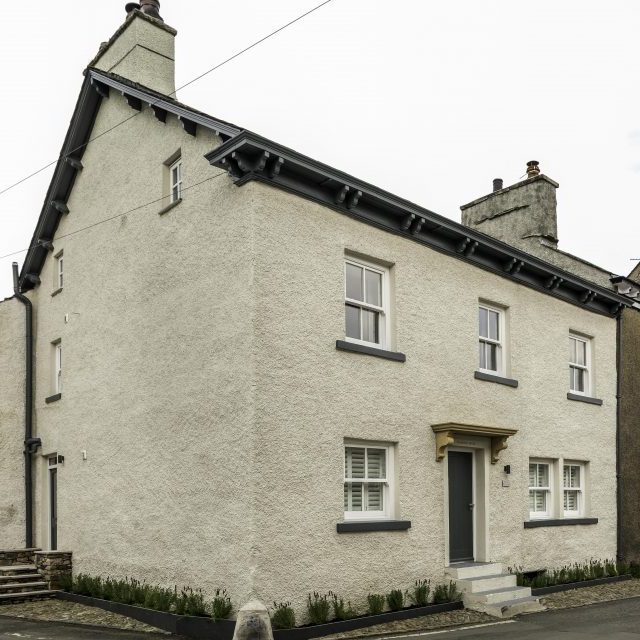
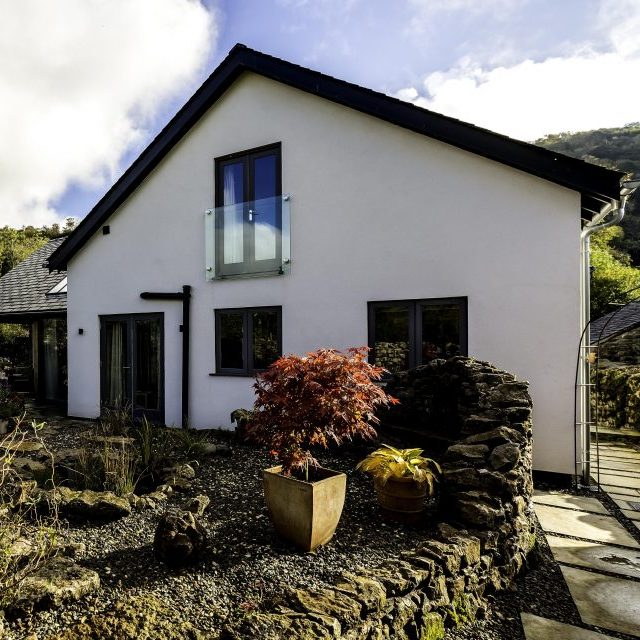
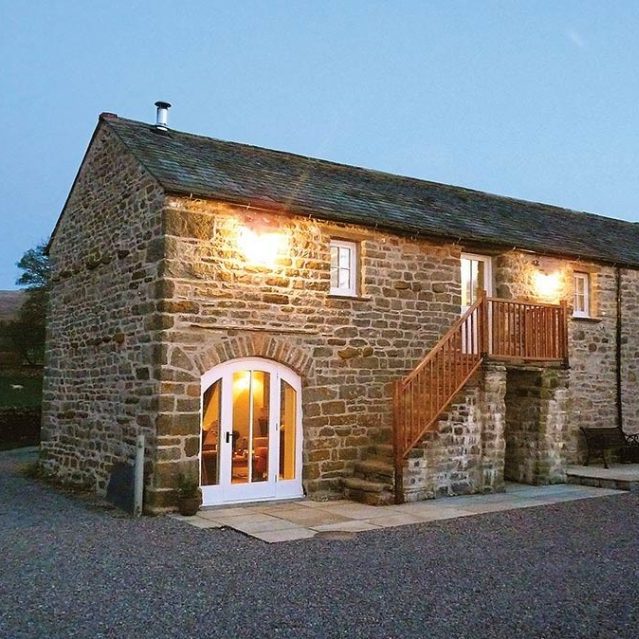
As a stand alone project there are two routes to obtaining building regulation approval for replacement windows and doors.
For further information you can refer to the national planning portal which offer guidance on planning and building regulation matters; https://www.planningportal.co.uk/permission/common-projects, alternatively if you are considering a building project and would like to discuss further please do not hesitate to contact our team of architects and technologists.
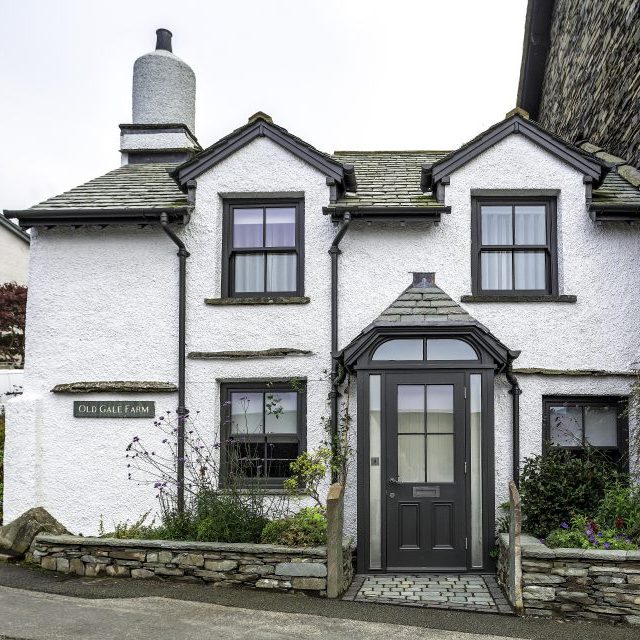

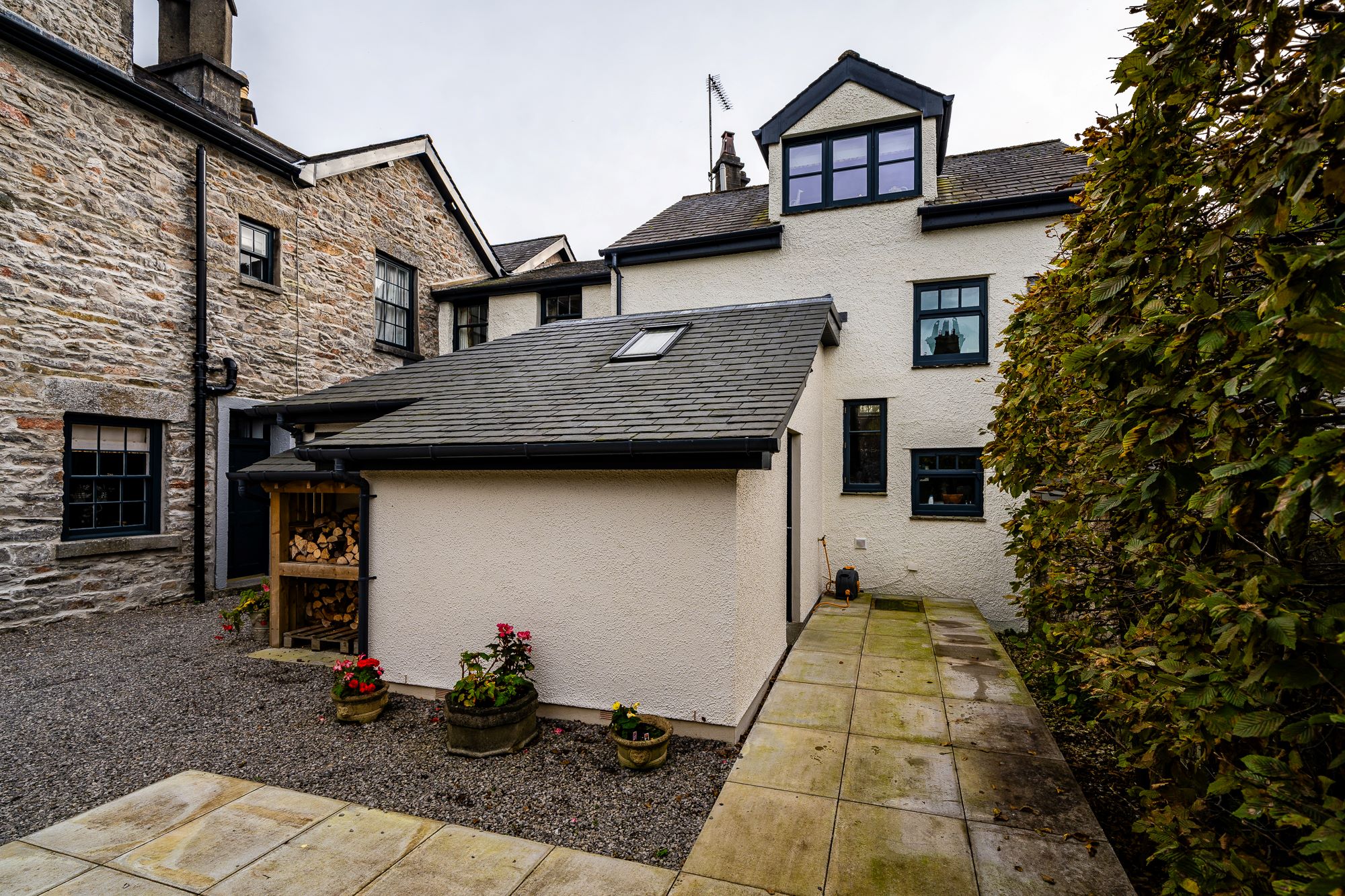
The information above is given as an introductory guide only and is not definitive. It is the homeowners responsibility to ensure compliance for all DIY home improvement projects which can be confirmed by speaking with your local building control authority.
The above guide deals solely with the building regulations, it does not cover planning or listed building consents which may be required prior and in addition to obtaining building regulation approval.